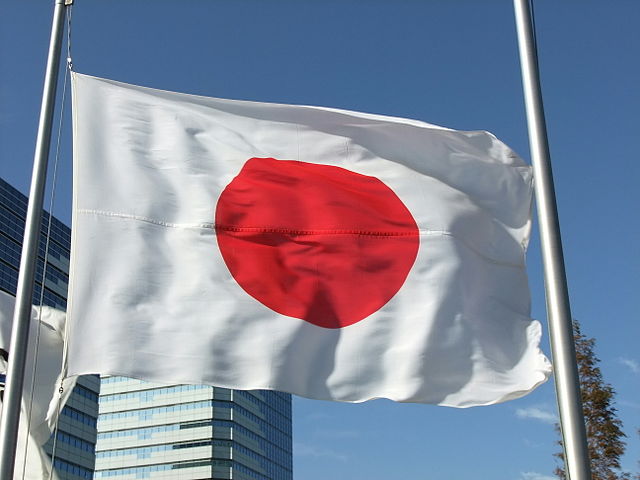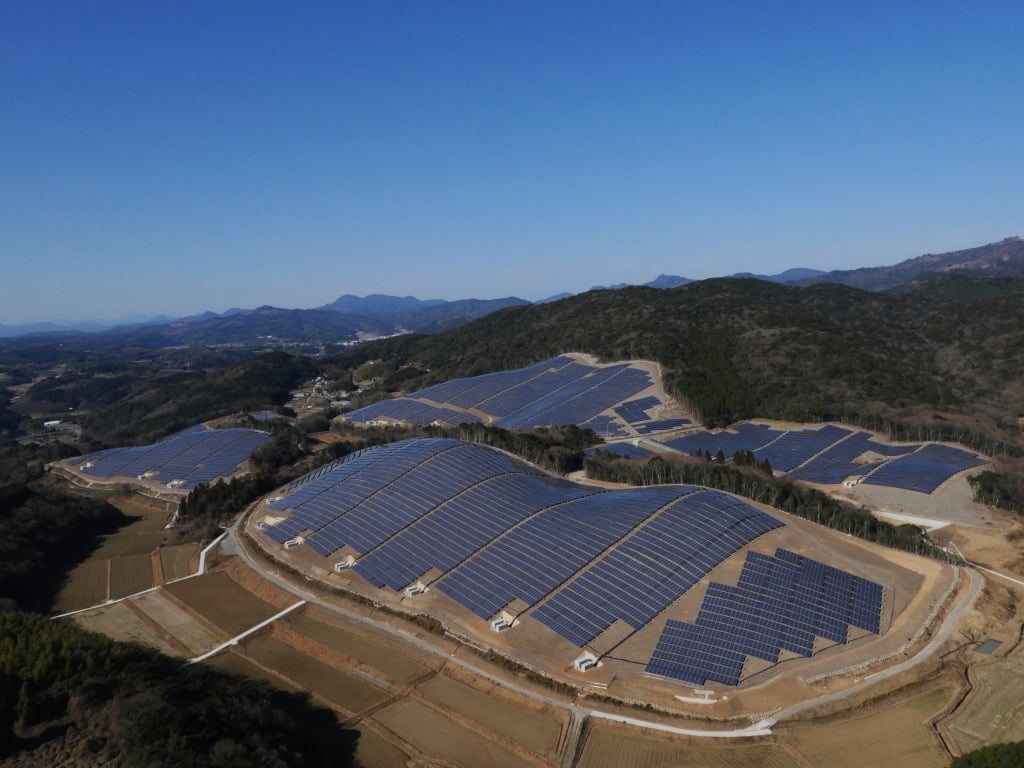
Japan's government has given its clearest indication to date of planned rule changes around renewable energy policy, including official confirmation that a tender process is being put before its parliament for the 2017 financial year.
The changes are expected to include the introduction of a tender process for large-scale PV projects, longer term assurances of purchasing prices and efforts to streamline the overall measures for renewable deployment.
Unlock unlimited access for 12 whole months of distinctive global analysis
Photovoltaics International is now included.
- Regular insight and analysis of the industry’s biggest developments
- In-depth interviews with the industry’s leading figures
- Unlimited digital access to the PV Tech Power journal catalogue
- Unlimited digital access to the Photovoltaics International journal catalogue
- Access to more than 1,000 technical papers
- Discounts on Solar Media’s portfolio of events, in-person and virtual
Or continue reading this article for free
This could include an alignment with the country's ongoing deregulation of its electricity markets, with generators freed up to make direct transactions with electricity retailers, bypassing the wholesale market's pricing mechanisms altogether.
In a special keynote address at the PV Expo show in Tokyo on Friday, Nobuhiro Watanabe, a director of the office responsible for promoting renewable energy at the Ministry of Economy, Trade and Industry's (METI) agency for natural resources and energy, outlined the measures, which are now at draft stage.
After public consultation, they will be put before the country's Diet (parliament) for consideration and if approved will be introduced into legislation when the next iteration of renewable energy laws are introduced in April 2017.
Reasoning behind new proposals
There is still a lot of activity going on in Japan's large-scale sector, meaning that many at the show, particularly larger developers and suppliers, do not seem overly concerned with the outlook for the period after this year as yet. However, as has been previously reported by this site, the country is tentatively planning reverse auctions for available support, in order to suppress the burden of purchasing projects at Japan's still-relatively generous FiT rates.
While there was no indication as to the available capacity for projects, Watanabe gave an outline of how the policy draft has been structured and the factors that have been considered.
Watanabe said that, aiming at greater cost-effectiveness of renewables, new rules will require longer term fixing of purchase prices. For large-scale solar, he said, the purchase price should be given several years ahead. At present, the tariffs for each following year are announced at the end of the fiscal year period.
To stave off the possibility of abandonment of planned projects, as has already happened with the many projects – close to 20GW – registered for the FiT between 2012 and 2015 that have never been built, the government plans to now require feasibility studies to be presented, and grid connection and power purchase agreements to be in place before eligibility can be granted.
The FiT, introduced in 2012, was relatively relaxed in its criteria in its early stages, mainly to ensure rapid and widespread renewable deployment. However, from now on, more stringent rules on performance, end-of-life planning, repair and maintenance, safety and visual impact of PV plants will be required. Watanabe even said that offending project owners or developers could be named and shamed.
Commercial heavy users of electricity, which in Japan pay much lower prices for electricity than residential customers, will have different rules applied.
Going forward, METI wants to be able to give regular, accurate updates on the national electricity mix as well as combining this with updates on progress in CO2 reduction co-efficients.

International competitiveness needs boosting, official says
The METI official highlighted that the international competitiveness of the domestic industry would be taken into account for all rule changes, and that some conditions could be waived on this basis.
Similarly, while Watanabe hailed “strides taken in a very short time” in the cost reduction of renewables, he said installation costs in Japan are still too high. As was recently pointed out to this site by Miika Ohbayashi of the Japan Renewable Energy Foundation, the cost of installing PV in Japan is around double that of respective projects in Germany, as Watanabe reiterated.
According to JREF and other sources, the lack of specialist engineering and installation solutions in the Japanese industry has been something of a stumbling block. METI's Watanabe said this morning that lead times for projects are currently too long, and need to be reduced. The time taken to assess available grid connection must also be shortened, the official said. The FiT rate available to projects must also be set before grid connection is attained, under the proposed rules.
He also said that, as with the mooted rules on safety and end-of-life management, engagement with local communities was essential and would be integral to new rules. This would include regular inspections of renewable facilities.
“We want these renewable energy businesses to survive for a long time. Community engagement is necessary for this,” Watanabe said.
Different segments, different rules
According to Watanabe, while the large-scale sector is likely to be subject to tender, commercial PV FiTs will continue to be set each year. The residential sector, expected to be the main focus of the industry going forward into the next few years, will have a FiT rate reduction schedule in place and made known to the industry, adding certainty over a number of years.
The government believes parity, or competitiveness with other electricity sources, will be achievable in 2019, if not before, for residential systems of 10kW or less capacity. Following this reasoning, the FiT scheme will stop purchasing excess production. In other words, the scheme's purchase price will only be equal to the residential retail price by 2019.
METI is also mulling new rules for the taxes levied by utility companies, including rebates to developers and unit prices to be determined at the start of each fiscal year.
Japan's electricity market is undergoing liberalisation, with some 750 private companies applying to be retailers as of April this year, of which 200 have been successful. METI wants to see this deregulation “leveraged”, including provisions for locally produced and consumed i.e. distributed energy, to be sold directly from generator to retailer, bypassing the transmission business. This may be more applicable to wind and geothermal energy in the initial stages of the new policy, however than for PV, Watanabe said.
